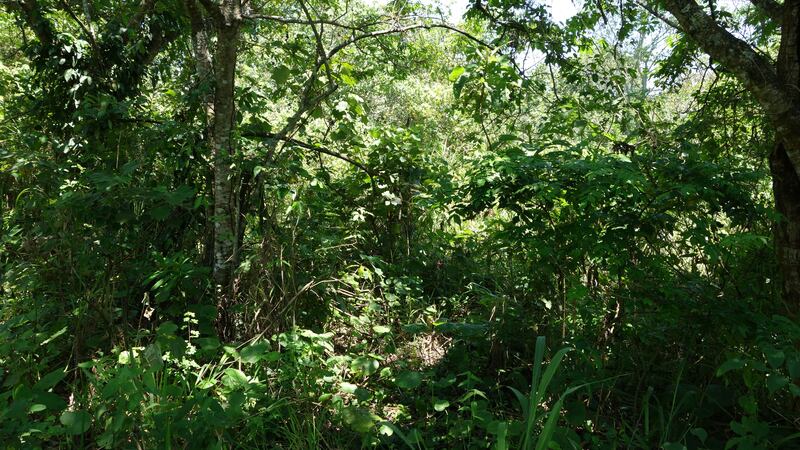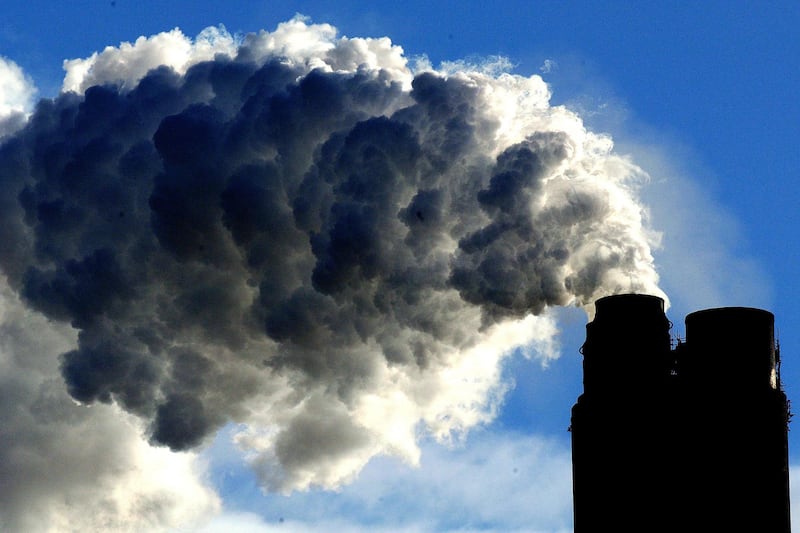Global plans to combat climate change by restoring forests are a “scandal” and will not work, experts claim.
Almost half the regions around the world set aside for growing carbon-capturing trees are set to become money-making plantations, according to a new study.
Commercialising forest restoration is a serious mistake that will drastically cut expected carbon uptake, say the scientists writing in the journal Nature.
Lead author Professor Simon Lewis, from University College London, said: “There is a scandal here. To most people, forest restoration means bringing back natural forests, but policy makers are calling vast monocultures ‘forest restoration’. And worse, the advertised climate benefits are absent.
“Plantations are much poorer at storing carbon than natural forests. To combat climate change, natural forest restoration is clearly the most effective approach.
“Well-managed forests can also help to alleviate poverty in low-income regions, as well as conserve biodiversity and support the UN’s Sustainable Development Goals.”
The restoration of 350 million hectares of forest – an area slightly larger than India – by 2030 is part of a global effort to prevent world temperatures rising 1.5C above pre-industrial levels.
The new research is based on restoration pledges from 43 countries, including Brazil, India and China, in tropical and sub-tropical parts of the world where trees grow fastest.
Restoring natural forests over 350 million hectares of land would remove 42 billion tonnes of carbon from the atmosphere by 2100, said the scientists.
Natural forests were said to hold 40 times more carbon than plantations and six times more than land put aside for agro-forestry – a type of agriculture mixing trees and crops.
However, under the current plans, 45% of available land was to be given over to commercial plantations and 21% to agro-forestry, the study showed.
Only 34% was being reserved for natural forests, reducing the amount of carbon removed to 16 billion tonnes by 2100 assuming adequate levels of protection.
Planting commercial “monocultures” across all of the 350 million hectares would sequester just one billion tonnes of carbon, said the researchers.
Co-author Dr Charlotte Wheeler, from the University of Edinburgh, said: “The reason plantations are so poor at storing carbon is that they are harvested every decade or so, meaning all the carbon stored in the trees goes back into the atmosphere, as the plantation waste and the wood products – mostly paper and chipboards – decompose.
“Instead, restoring all 350 million hectares back to natural forests can meet the role forests need to play under Intergovernmental Panel on Climate Change emissions pathways that keep global warming to 1.5C.”
She acknowledged that restoring natural forests would not on its own meet climate goals, but added: “No scenario has been produced that keeps climate change below dangerous levels without the large-scale restoration of natural forests.”
Natural forest restoration should be prioritised in the tropical regions of Amazonia, Borneo and the Congo basin, all of which supported a “very high level” of vegetation biomass, said the scientists.
They also recommended that the definition of “forest restoration” should exclude monoculture plantations.








